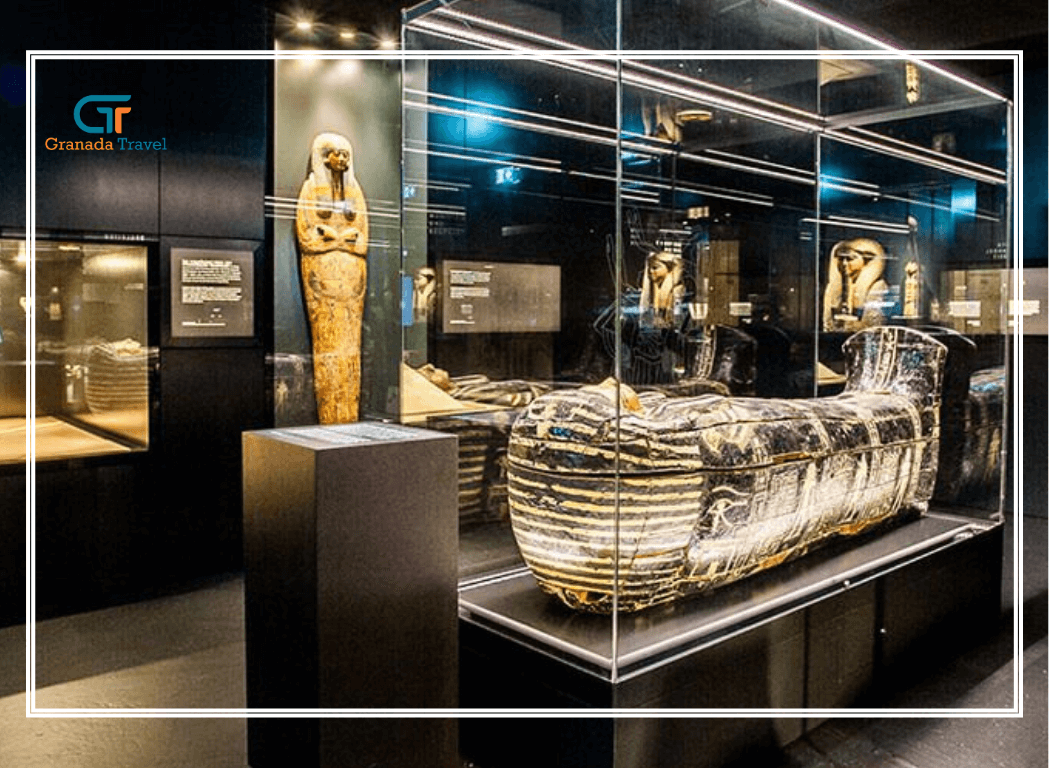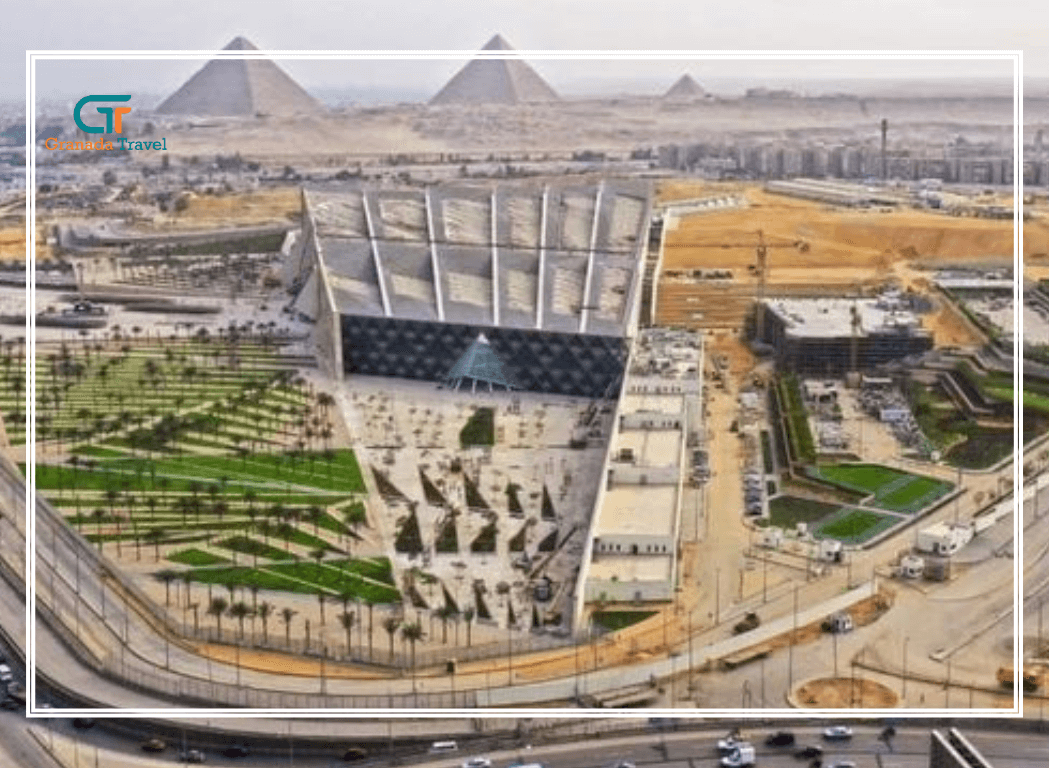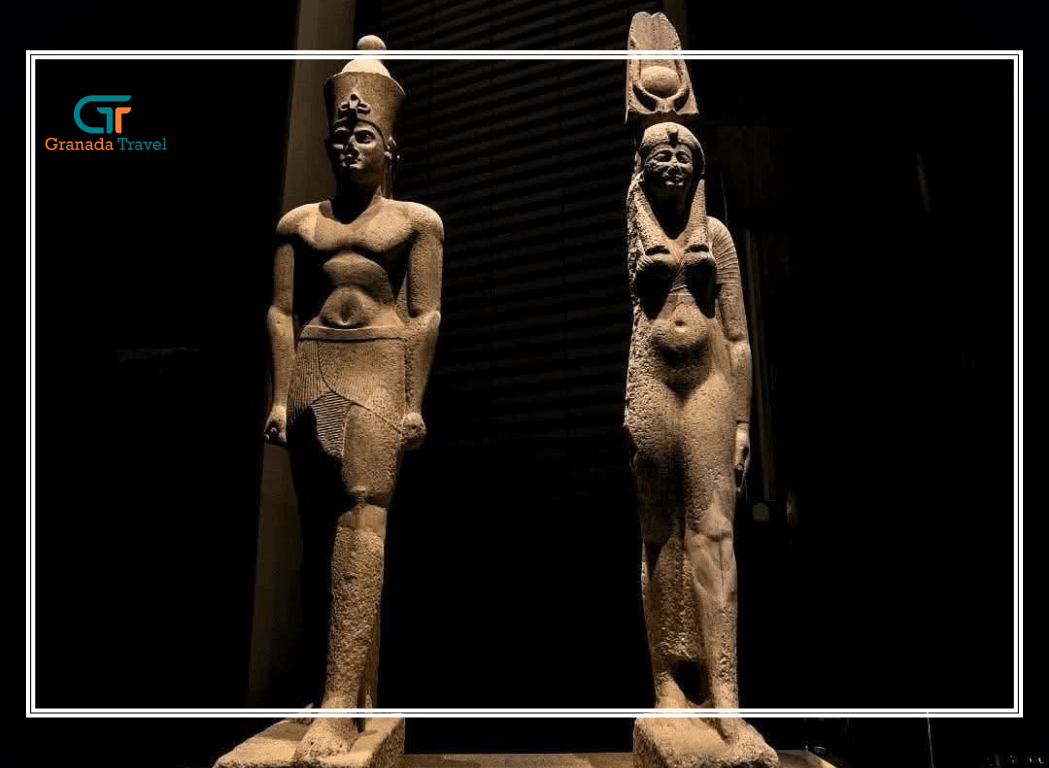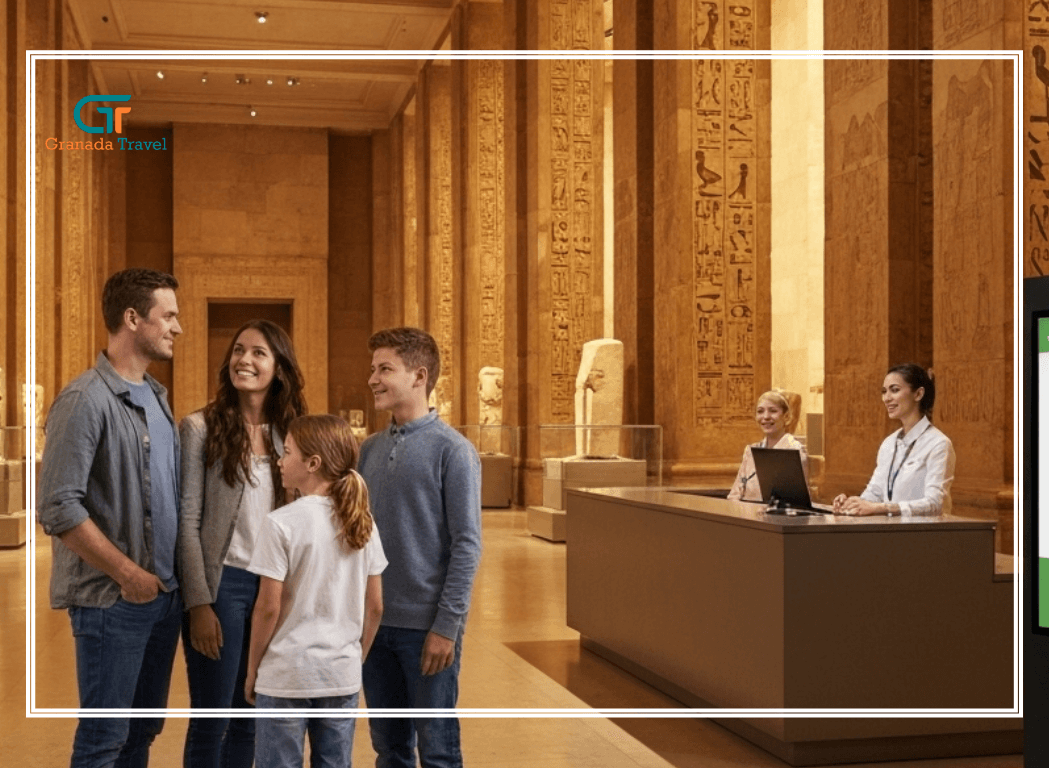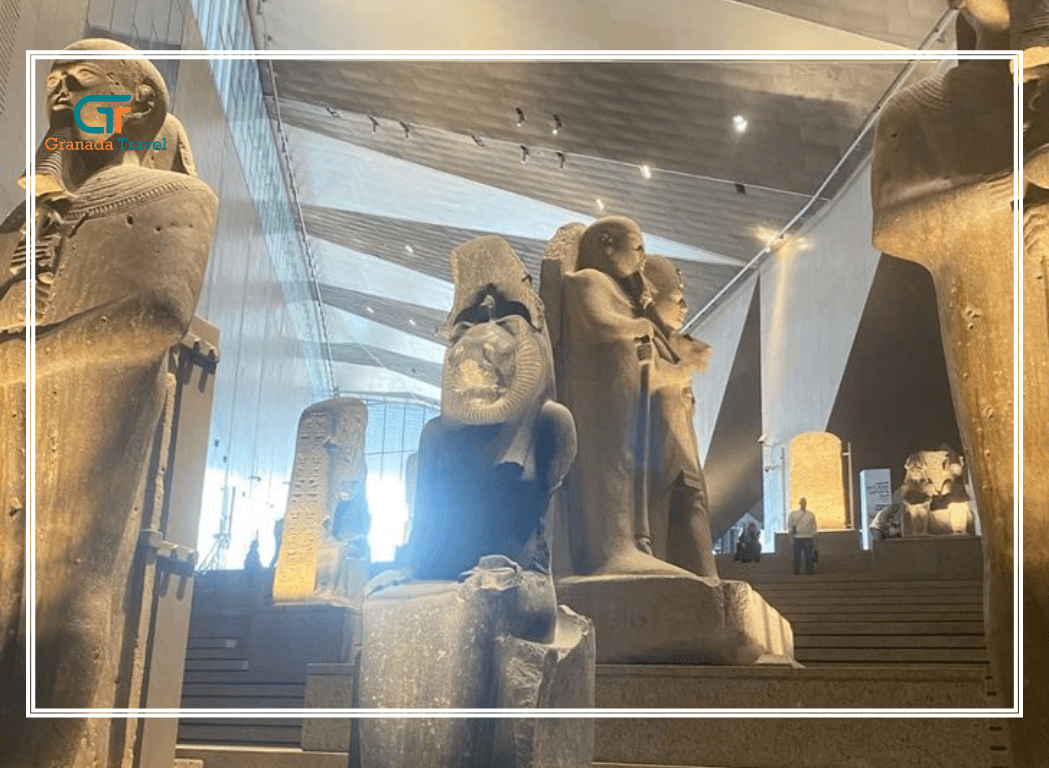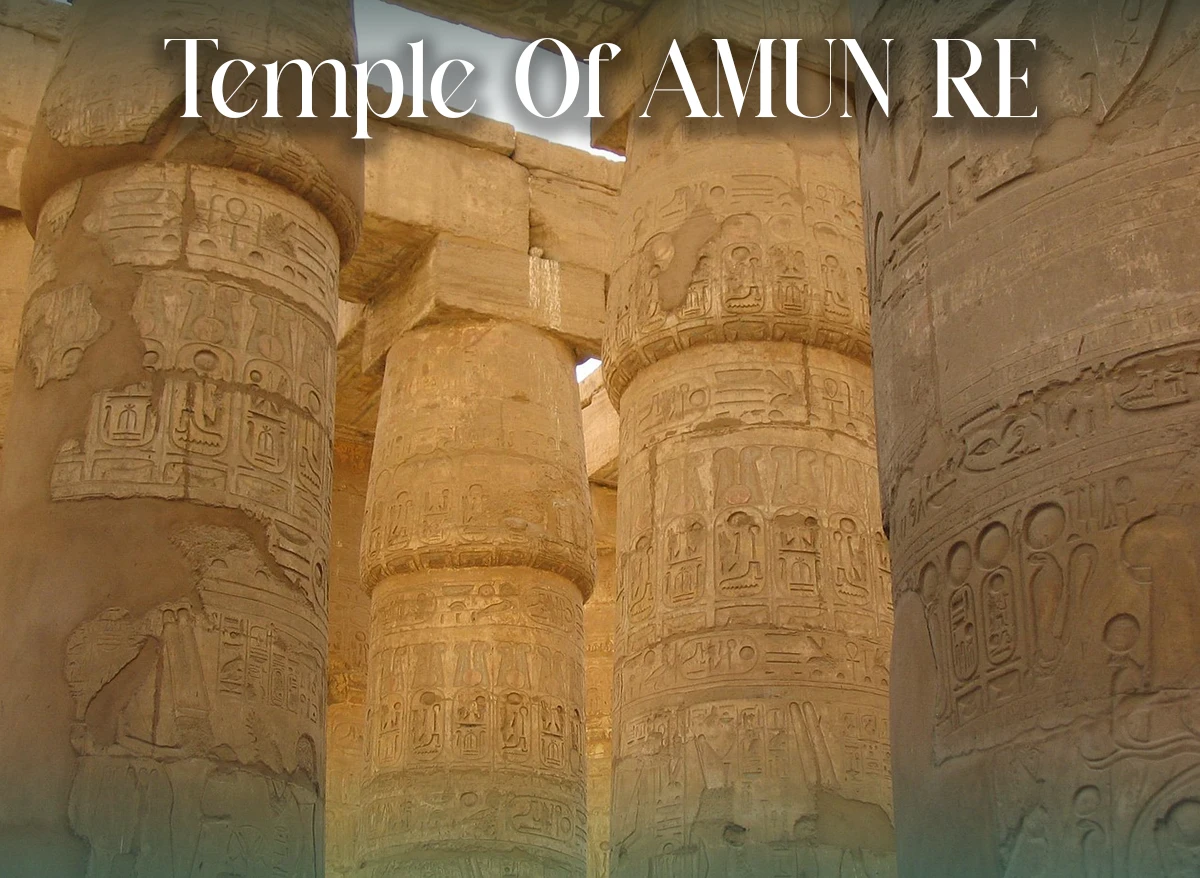
Echoes of Eternity: Unveiling the Grandeur of the Temple of Amun Re
The desert winds whisper tales of an ancient world, a civilization that mastered monumental architecture and profound spiritual devotion. At the heart of these whispers lies the Temple of Amun Re, a sprawling complex of sanctuaries, pylons, and hypostyle halls that stands as a testament to the power and piety of ancient Egypt.
More than just a collection of stones, the Temple of Amun Re served as the spiritual nexus of a vast empire, a place where pharaohs communed with the gods and the fate of a nation was shaped.
Often referred to interchangeably as the Temple of Amun Ra or the Amun Ra Temple, this magnificent edifice is the largest and most significant structure within the vast Karnak Temple Complex. To speak of the Temple of Amun Re is to speak of Karnak, for it is the crowning glory, the spiritual heart, of this UNESCO World Heritage site.
Where is Amun Temple Located? A Beacon in Luxor
So, where is Amun Temple located? The Temple of Amun Re proudly stands on the east bank of the Nile River, within the modern city of Luxor, Egypt. Luxor, once the ancient city of Thebes, was the capital of Egypt during much of the New Kingdom, a period of immense wealth and power. It was here that the cult of Amun, the King of the Gods, rose to unprecedented prominence, leading to the construction and continuous expansion of his colossal temple.
The sheer scale of the Temple of Amun-Re at Karnak is almost incomprehensible. It is not a single building but a vast precinct, constantly added to and modified by generations of pharaohs, each seeking to leave their mark and garner the favor of the supreme deity. This ongoing construction over nearly two millennia makes it one of the largest religious complexes in the world, a living museum of ancient Egyptian art and architecture.
What Was the Temple of Amun-Re Used For? A Multifaceted Sacred Space
The question, "What was the Temple of Amun-Re used for?" elicits a multifaceted answer, reflecting the central role of Amun-Re in ancient Egyptian life. Primarily, it was the principal cult temple for the Amun Ra Egyptian god temple, dedicated to the worship of Amun-Re, the syncretic deity who combined the local Theban god Amun with the sun god Ra. As such, it was the focal point for daily rituals performed by priests, offering prayers, hymns, and sacrifices to sustain the god and, by extension, the cosmic order.
Beyond daily worship, the Temple of Amun Re was the stage for grand festivals and ceremonies that marked the rhythm of the Egyptian year. The most important of these was the Opet Festival, where the cult images of Amun, Mut (his consort), and Khonsu (their son) were paraded from Karnak to Luxor Temple and back. This procession was a deeply significant event, symbolizing the rejuvenation of the land and the pharaoh's divine connection.
The temple also served as a vital economic and administrative center. It owned vast tracts of land, employed thousands of people, priests, scribes, craftsmen, and laborers, and collected immense wealth through offerings and taxes. Pharaohs would commission new constructions and adornments not only out of piety but also to display their power and legitimize their rule, asserting their close relationship with Amun-Re. Within its walls, important political and religious decisions were made, solidifying its role as the heart of both spiritual and temporal authority in ancient Egypt.
Exploring the Grandeur: Key Features of the Temple of Amun Re
To truly appreciate the Temple of Amun-Re Karnak, one must delve into its astonishing features. The approach to the temple often began with an avenue of ram-headed sphinxes, guardians leading pilgrims towards the sacred precinct.
- The Great Hypostyle Hall: Arguably the most awe-inspiring section of the Temple of Amun-Re, the Great Hypostyle Hall is a forest of 134 towering columns, each intricately carved with hieroglyphs and scenes depicting pharaohs offering to the gods. The central nave features 12 taller columns, allowing light to filter into the vast space, creating a truly ethereal atmosphere. Walking through this hall, one can almost hear the echoes of ancient ceremonies and feel the weight of centuries of devotion.
- The Sacred Lake: Located within the temple complex, the Sacred Lake was used for ritual ablutions by priests and for various symbolic ceremonies. Its serene waters reflect the towering pylons, offering a moment of tranquility amidst the monumental architecture.
- Pylons: The Temple of Amun Re is punctuated by massive pylons, gateway structures that mark the various phases of construction and expansion. Each pylon served not only as a grand entrance but also as a canvas for monumental reliefs depicting military victories and religious scenes, celebrating the pharaoh's prowess and piety.
- Obelisks: Soaring towards the heavens, obelisks were monolithic stone pillars often erected in pairs at temple entrances. They symbolized the sun god Ra and the pharaoh's connection to the divine. Several impressive obelisks, though some are broken, still stand within the Temple of Amun-Re complex, silent sentinels of a bygone era.
- Sanctuaries and Chapels: Deep within the temple, past the public spaces, lay the most sacred areas, the sanctuaries dedicated to Amun-Re and other deities. These were accessible only to the pharaoh and high priests, where the cult image of the god resided and the most intimate rituals took place. Numerous smaller chapels dedicated to various aspects of Amun or other gods also dot the complex.
The Evolution of a Divine City: Pharaohs and Their Contributions
The Temple of Amun Re is a layered archaeological marvel, with each pharaoh leaving their indelible mark. Senusret I of the Middle Kingdom is credited with early constructions, but it was during the New Kingdom that the temple truly blossomed.
Thutmose I erected the earliest known obelisks within the complex. Hatshepsut, the remarkable female pharaoh, contributed significantly, including an impressive obelisk and the "Red Chapel" (now reconstructed). Her stepson, Thutmose III, known as the "Napoleon of Egypt," further expanded the temple, adding the Festival Hall and the botanical garden reliefs.
Amenhotep III, another powerful pharaoh, was responsible for the Third Pylon and the creation of the Luxor Temple, which was connected to the Temple of Amun-Re by the famous avenue of sphinxes.
Perhaps the most prolific builder was Ramesses II, who added the massive first pylon, the largest in the complex, and completed much of the Great Hypostyle Hall. His colossal statues and reliefs are omnipresent throughout the temple, a testament to his immense reign and devotion to Amun-Re. Subsequent pharaohs, even those from later periods like the Ptolemies and Romans, continued to make additions and renovations, ensuring the temple's enduring significance.
Beyond the Temple of Amun Re: Exploring the Karnak Complex and Beyond
While the Temple of Amun Re is the star, it is important to remember that it is part of the larger Karnak Temple complex. This vast site encompasses three main precincts: the Precinct of Amun-Re, the Precinct of Mut, and the Precinct of Montu, along with the Temple of Khonsu and other smaller temples and chapels. Exploring the entire Karnak Temple offers an unparalleled journey through ancient Egyptian religious architecture.
Beyond Karnak, Luxor offers a wealth of ancient wonders. The West Bank of Luxor, home to the Valley of the Kings, the Valley of the Queens, the Mortuary Temple of Hatshepsut, and the Colossi of Memnon, provides a stark contrast to the living city on the East Bank, focusing on the afterlife and royal burials. The captivating Luxor Egypt region truly is an open-air museum.
For those seeking to delve deeper into the rich tapestry of Egyptian temples, consider exploring the Khnum Temple Esna. While smaller in scale than Karnak, its remarkably well-preserved hypostyle hall and intricate astronomical ceiling offer a unique and fascinating glimpse into ancient Egyptian religious practices. Each temple tells a different story, but they all converge on the profound spiritual beliefs that shaped a civilization.
The Enduring Legacy of the Temple of Amun Re
Today, the Temple of Amun Re stands as a powerful echo of a bygone era, a place where history, art, and spirituality converge. Visiting this magnificent site is not merely a sightseeing excursion; it is an immersive experience that transports you back to the heart of ancient Egypt. As the sun rises over its ancient stones, casting long shadows across the hallowed ground, one can almost hear the chanting of priests, the murmurs of pilgrims, and the whispers of pharaohs who sought the divine grace of Amun-Re.
The Temple of Amun Re, the Temple of Amun Ra, the Amun Ra Temple, whatever you call it, its grandeur and significance remain undimmed, an eternal testament to human ingenuity and devotion.

